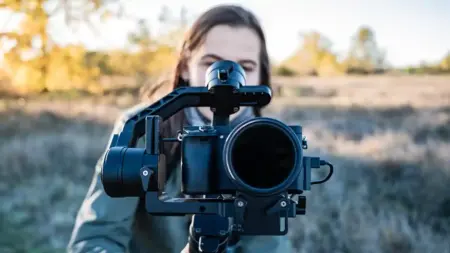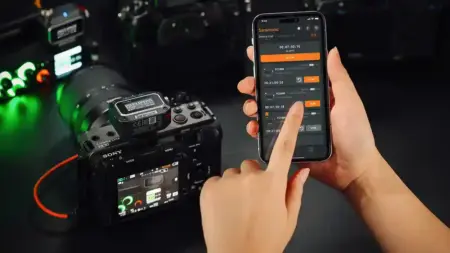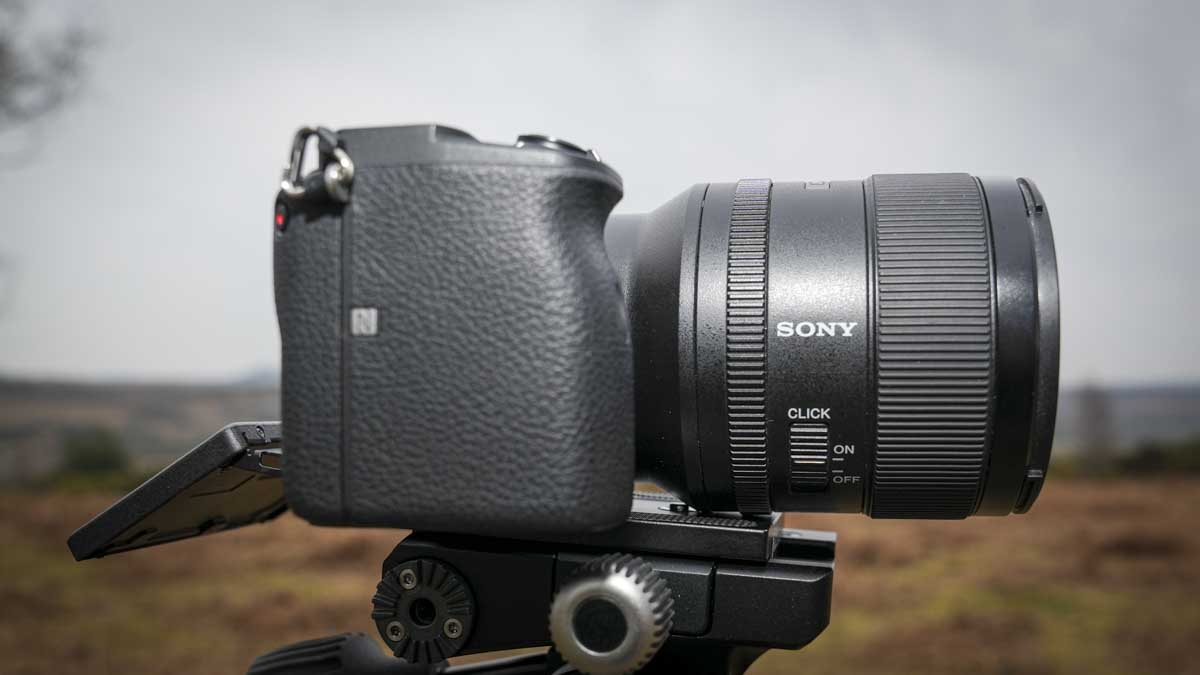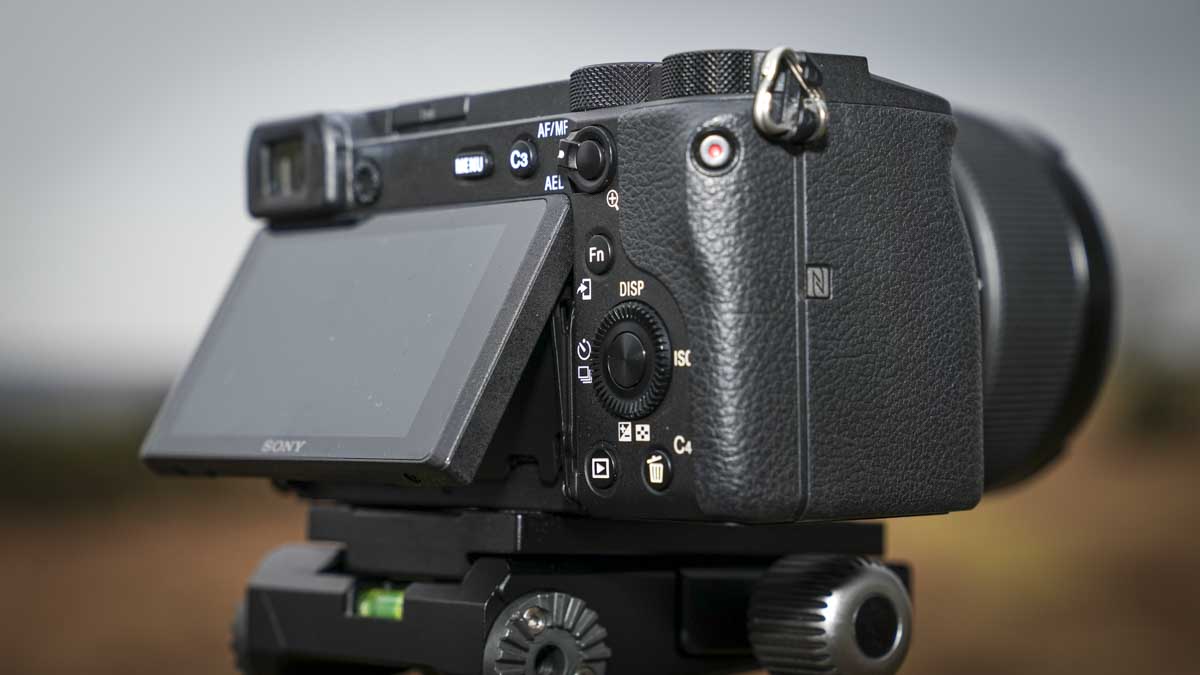The Sony A6600’s APS-C Exmor CMOS sensor delivers sharp images with solid dynamic range. Paired with the BIONZ X processor, the camera provides fast processing speeds and strong low-light performance, making it a great option for both stills and video.
Sony’s Real-Time Intelligent Autofocus feature works incredibly well and can be used for both humans and animals in stills mode and even for humans in video mode.
This makes it one of the most capable APS-C cameras for subject tracking, especially for portrait, pet, or action photography. Sony has also packed in 425 phase-detection and 425 contrast-detection autofocus points, covering almost the entire frame.
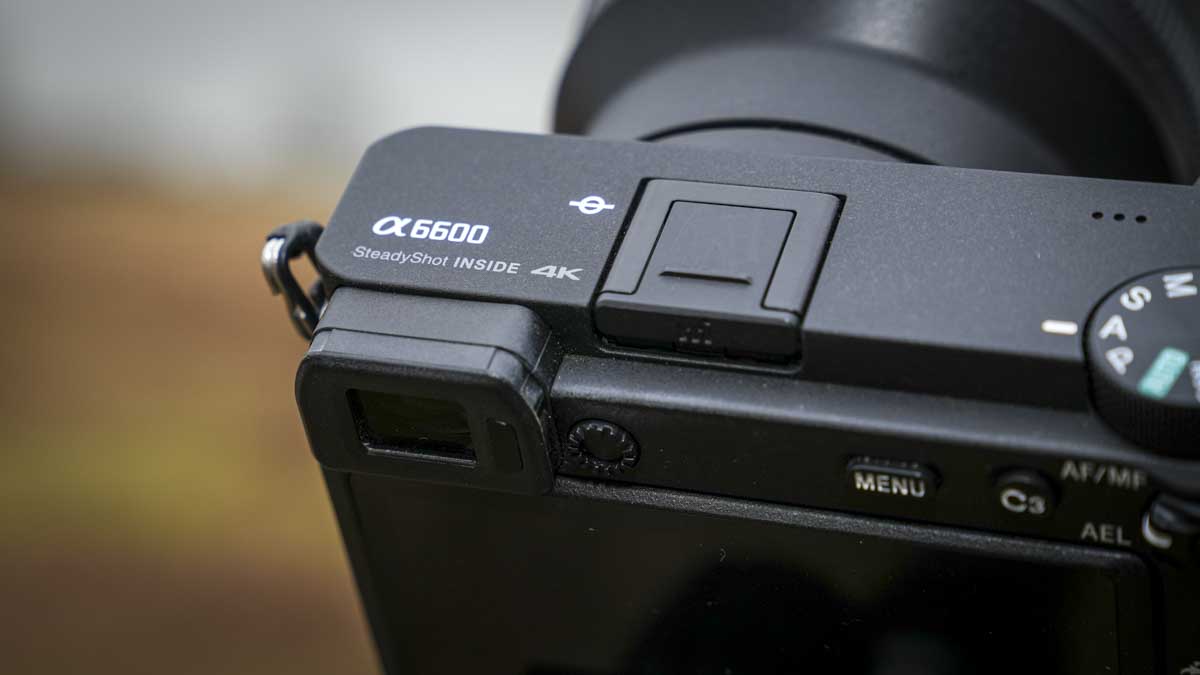
For low-light shooters, the A6600’s native ISO of 100-32,000 (expandable to 50-102,400) gives it solid flexibility. While higher ISO settings introduce noticeable noise, images remain usable up to ISO 6400 in most situations.
One of the biggest advantages of the A6600 over some of its APS-C rivals is 5-axis in-body image stabilisation (IBIS). Sony claims it offers up to 5 stops of compensation, making it possible to shoot handheld at slower shutter speeds while still maintaining sharpness. This feature is great for low-light photography and handheld video, reducing the need for a tripod in many situations.
Sony has built a strong reputation in video, which considering they have a large broadcast side to the business shouldn’t be a surprise. When it comes to video, the A6600 doesn’t disappoint with 4K (3840 x 2160) video at up to 30p with full pixel readout and 2.4x oversampling, which helps produce detailed, high-quality footage.
For serious video producers, the camera includes S-Log2 and S-Log3 gamma curves, offering up to 14 stops of dynamic range for better grading in post-production. Hybrid Log Gamma (HLG) support is also included for HDR workflows.
If slow motion is your thing, the A6600 can record Full HD at 120 fps, allowing for smooth slow-motion playback. It also includes a Slow & Quick (S&Q) mode, where you can set frame rates from 1 fps to 1000 fps to create in-camera speed ramping effects. These features definitely make it a great option for students.
One common video drawback of Sony’s APS-C camera is the rolling shutter, which can cause distortion when panning quickly. It’s something to be aware of if you’re planning to shoot fast-moving subjects.
Battery life is a major strength of the A6600. Thanks to the high-capacity Z-series battery, it offers up to 810 shots per charge, far exceeding many other mirrorless cameras in this category. For video shooters, this means longer recording times without constantly swapping batteries.
On the downside, the A6600 only has a single SD card slot, which supports UHS-I speeds rather than the faster UHS-II standard. Dual card slots would have been a welcome addition to a flagship APS-C model, especially for professional use.




